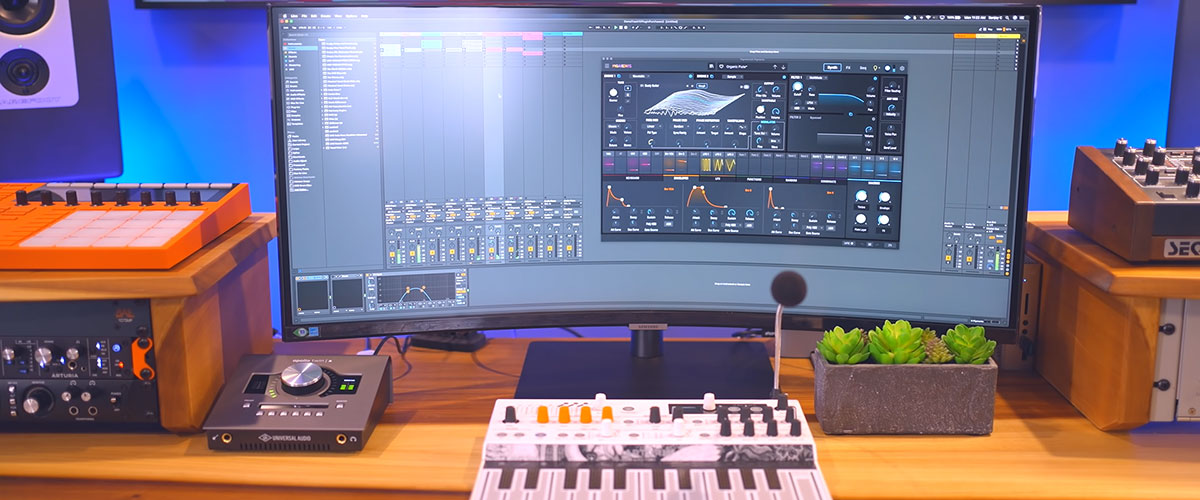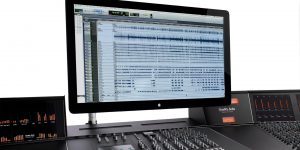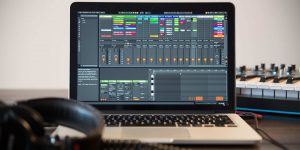VST host is a program that enables you to run VST virtual instruments in your DAW. These are the same type of soft synths used by modern music production professionals, who rely on them for everything from sound design to MIDI sequencing to audio processing. In this blog post, we will discuss what a VST host is, how it works, and some of the benefits of using one.
How does a VST host work?
A VST host is basically an audio sequencer designed specifically for VSTi software instruments. The way in which they work is slightly different from in most other sequencers and DAWs: in a standard sequencer or DAW, when you add an effect such as reverb or delay to your track, the signal is routed through that effect, and it is “applied” to the audio. In a VST host, the virtual instrument itself has its own effects (such as reverb and delay) and these effects can be switched on or off independently of the signal routing. This enables you to switch between different sounds more easily without needing to copy an effect from one track to another.
What are the advantages of using VST host?
- The instruments are integrated into a standard Digital Audio Workstation: no need for an extra “instrument only” environment.
- You don’t need to configure MIDI or audio settings for each individual soft synth, as there is only one instance of the instrument per DAW track. Only the VST host’s parameters (such as volume, panning and effects sends) will be used when each virtual instrument plays a note.
- In addition, you can have several instances of the same instrument open at once so that each one is routed through a different channel strip or plugin.

How do I use VST host?
A VST host is a program that acts as an intermediary between your DAW and the plugins. The software allows you to load files inside your DAW, so they can be used, rather than having to copy them directly into your projects. It also manages the resources available to the plugin, so it’s best not to use multiple hosts with the same plugin.
To use a VST host, open the program and look for your plugin directory. Click on it to load up all of your plugins, then click on the one you want to add. The VST window should pop up automatically, with all of its settings available for manipulation before adding it into your DAW. It’ll open a plugin automatically whenever you add one, and it allows you to install or uninstall effects without making changes to your DAW’s plugin directory. Since most hosts allow you to manage multiple plugins at once, it’s best to open up each one individually if you want to make changes.
VST hosts are usually best for beginners who aren’t familiar with plugin directories and file paths. But they’re also useful if you want to use multiple programs to play your favorite VSTi instruments.
Is VST host free?
There are several free hosts available, and most will allow you to use VST instruments without paying. However, there’s a catch: some won’t let you edit the sound of the plugin itself. The DAW can only be used as a way to load up those plugins any changes you make will be saved as part of your project, rather than the plugin.
There are also paid hosts, which can run anywhere from $20 to $80 for a single license. These will give you more control over your plugins, so it’s worth paying if you need that level of access. It’s best to use free software for beginners and intermediate producers since they don’t always know what to do with a full-featured plugin.
We are supported by our audience. When you purchase through links on our site, we may earn an affiliate commission at no extra cost to you.
Our newsletter
* We will never send you spam or share your email with third parties








